Making research accessible
BlueHealth is a novel research project spanning several disciplines and we have strived to make its research open and engaging.
To that end, we’ve used video and audio to give researchers a platform to discuss their work and its implications, with this website forming the perfect vehicle to showcase those outputs.
The whole BlueHealth team has been willing to try new approaches and push the boundaries of what is common in academic communication. Reaching out to the mainstream media has been an area where we have garnered particular success, but more intimate approaches – such as personal blogs and reflections – have also shone a light on what the research process looks like for those on the ‘inside’.
In the following sections we share a few of our dissemination methods and successes, which have their early roots in the mould established by the European Centre for Environment and Human Health.
Dr Mathew White explains the research which led to the BlueHealth project.
BlueHealth in the media
The mainstream media still command huge reach across the world, and BlueHealth has made headlines on several occasions.
In September 2017 one of our virtual reality projects featured on the UK’s BBC Breakfast show, explaining our science to a broad audience of around 7 million people.
Reporter Graham Satchell spent two days with the BlueHealth team in Truro, producing a number of items which aired on BBC One and BBC World. Other members of the team also spoke with several media outlets about the wider project, you can watch and listen to those broadcasts here.
Our virtual reality work on BBC Breakfast.
Beyond specific broadcasts about our work – such as findings from individual research papers – BlueHealth has appeared in articles discussing the broad evidence base for links between the environment and health.
In the UK, our findings and researchers have been quoted by organisations such as the Guardian, and in a wide range of international publications across various formats. Our communications manager, Kerri Hall, provides a run down of some these from the end of 2019 here bluehealth2020.eu/news/international-news.
BlueHealth on KDKA Radio, Pittsburgh, Pennsylvania, USA.
Innovative approaches
How can we engage and excite non-academics with our findings?
We’ve attempted to open up our research through a series of dynamic graphics, designed to grab attention and convey information quickly and easily.
These have been shared on our Twitter account, embedded in web pages, and used in presentations.

An animated graphic shows our BlueHealth survey participant numbers.
We’ve adopted novel methods for data presentation, moving beyond the commonly staid display of statistical analyses.
In one example, shown below, we attempted to visualise confidence intervals through motion, demonstrating how the values we’re describing could lie anywhere within a given range. This type of approach has enabled us to bring our findings to life and forged new ground in data visualisation.
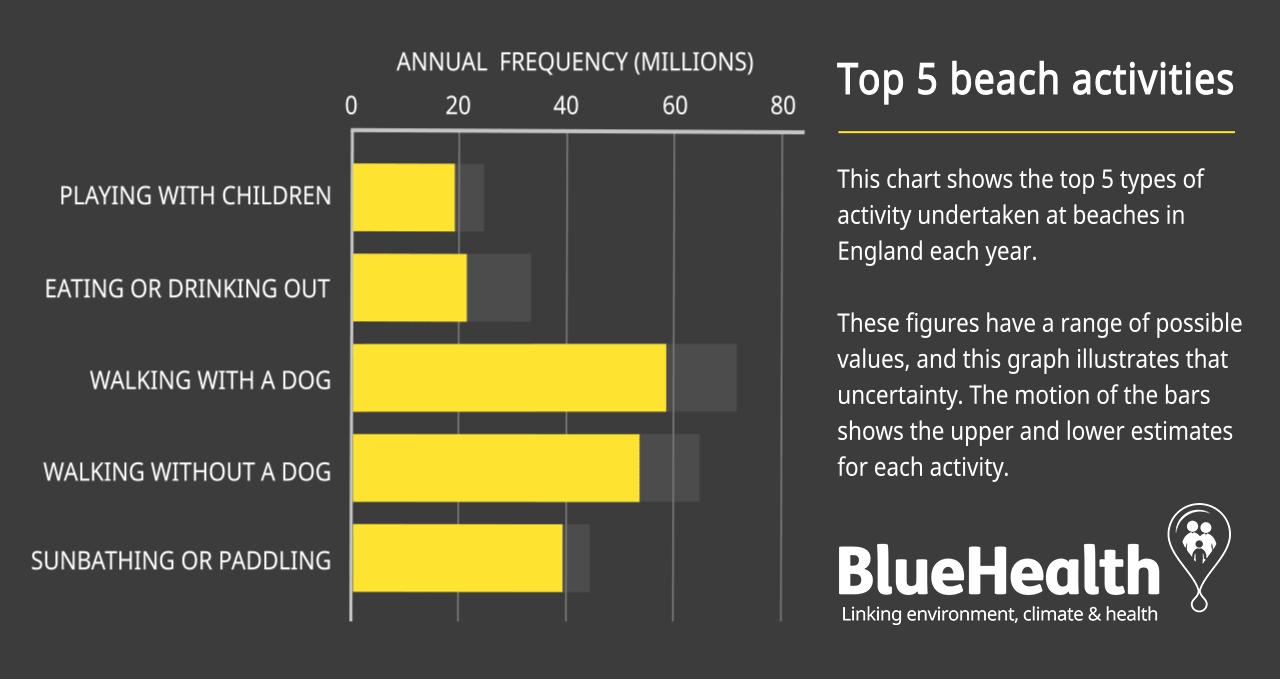
Top five beach activities with animated confidence intervals.
Our team at RIVM in The Netherlands have embraced the use of creative meeting minutes, working with amazing artists to capture conversations through visual interpretations.
Their drawings have inspired focus groups and formed a central element of our scenario planning publications.
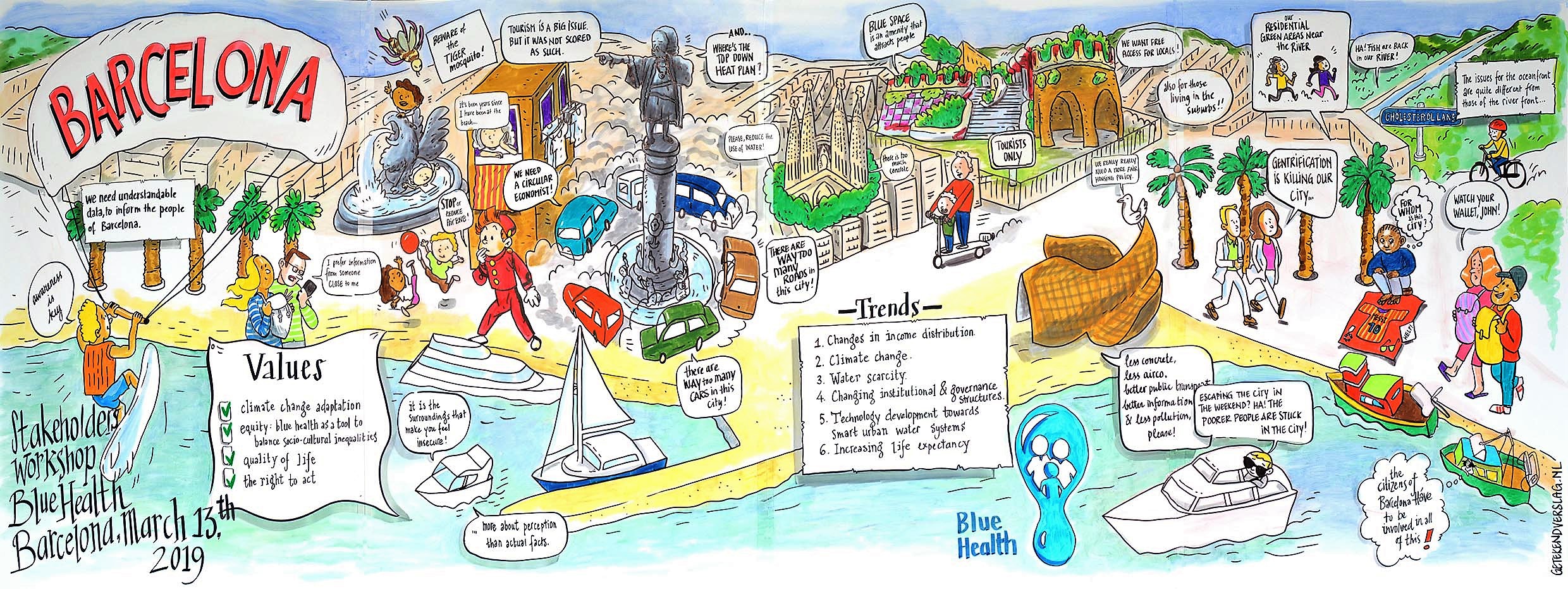
Visual notes from scenario planning in Barcelona, view in full here.
We’ve also tried to have fun. In a bid to make our key research areas memorable, we worked with a digital animator to create a BlueHealth character. This gender neutral mascot appeared in a series of sketches which embodied our project themes.
You can view one of these below but please note, all of the animations on this page may not play if you’re using Internet Explorer. Try Chrome or Firefox instead.
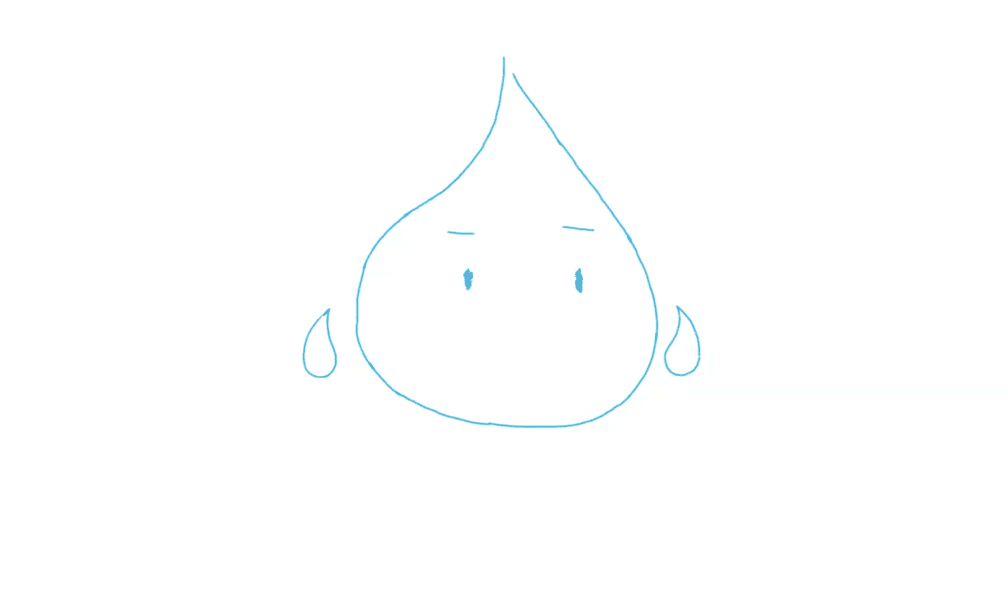
Online tools
We’ve tried to make this website an engaging resource by providing a rich journey through the BlueHealth project.
Pages like this one, which deal with long form content in a delineated and shareable way, represent one such approach to helping users navigate and make sense of this complex and interconnected research.
The website has been designed to be responsive and accessible across browsers, layering content so that users can go as deep into our research as their curiosity permits.
We’ve used video as a way for researchers to explain their work in their own words. Sometimes these have been ‘rough and ready’ insights created in the middle of a research project, whilst others have been more polished and discuss published findings. You’ll find these videos and podcasts peppered throughout the site.
Lewis Elliott discusses the BlueHealth international survey.
As the project drew to an end, we increasingly had the need to summarise our outputs and recommendations. One way we did this was to design elegant guidance documents, like our BlueHealth Toolbox.
These resources have helped us to share our findings with new audiences both within and outside academia.
Craig McDougall, Hydro Nation Scholar at the University of Stirling said: “The BlueHealth project is producing some fascinating research and really advancing the science in this growing area. The BlueHealth Toolbox offers a novel set of resources that will be extremely useful for planners and researchers with an interest in blue space and health. Crucially these tools can assist in facilitating interdisciplinary collaborations, which is key for progression in this research field.”
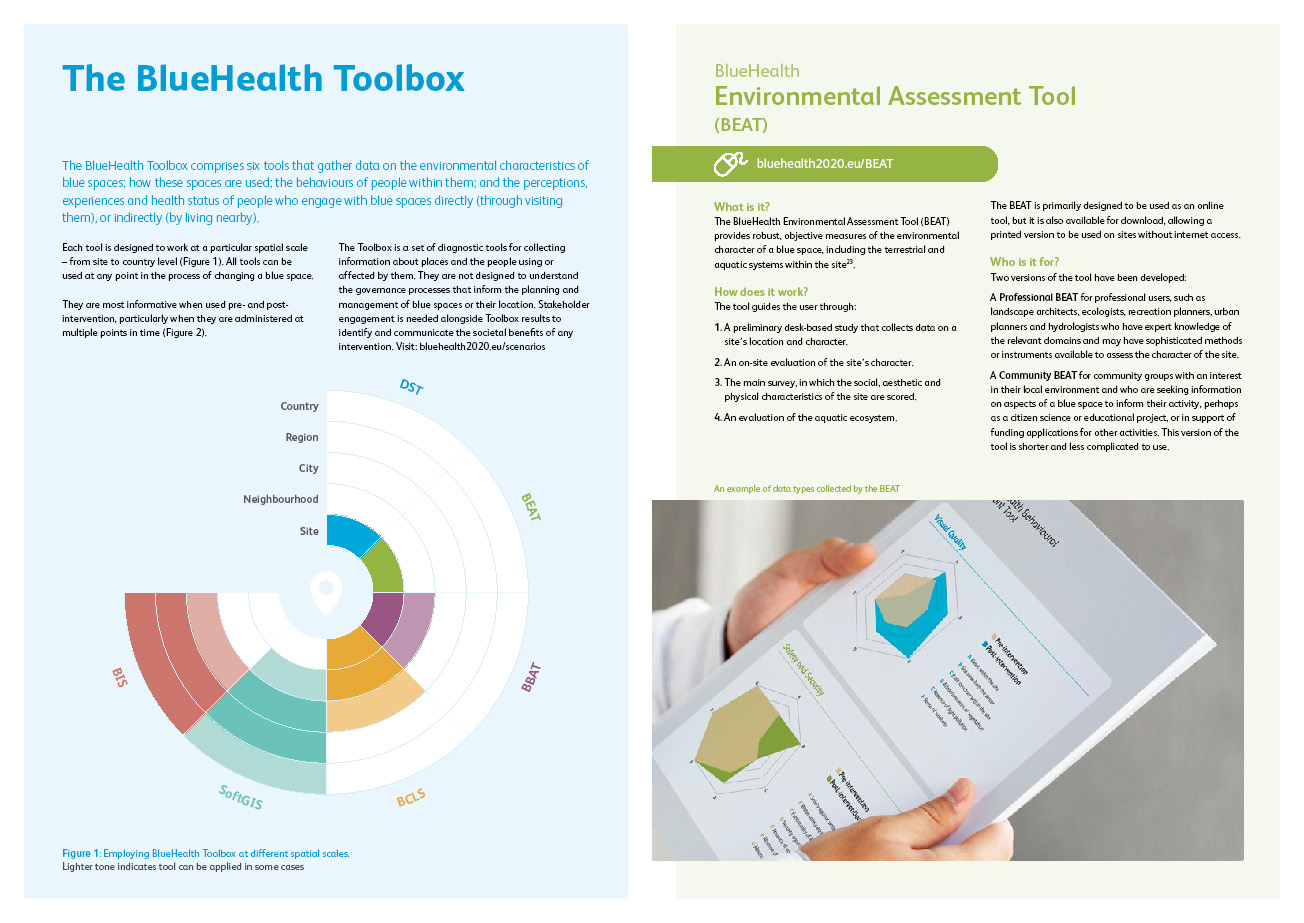
Example pages from our BlueHealth Toolbox resource.
Twitter has been a really useful platform from which to broadcast our BlueHealth developments.
Our following on the platform has steadily grown over the lifetime of the project, to well over 1,200 interested individuals, and we have made several important connections through tweet-based conversations.
We’ve been able to share constant updates on our progress, from newly published research to other big-hitting events like BlueHealth in Parliament.
Prof Lora Fleming and colleagues present evidence to the parliamentary Environmental Audit Committee today – links between green spaces, blue spaces and human health under discussion. Watch in full here https://t.co/7OquAtbsgT @ExeterMed @ExeterMarine @ECEHH @OceansHealthEU pic.twitter.com/mjiwzyZbci
— BlueHealth (@BlueHealthEU) January 15, 2019
Insights and reflections
BlueHealth was a personal affair for many who worked on the project, and we wanted to share that journey.
Researchers from across our partner institutions journaled their experiences in the form of written and recorded blogs. These insights demonstrate how a complex and interwoven research project can evolve, and provide a peek inside the hidden life of an academic.
Whether it’s discussing writing retreats, community engagement, or the outcomes of an internship, it’s been incredible to share thoughts from a diverse range of perspectives.
Many of these have come from early-career researchers but perhaps the last word should go to our project leader, Professor Lora Fleming, with her wonderful reflections on the development of environment and health research.
Prof Lora Fleming reflects on an unexpected career.

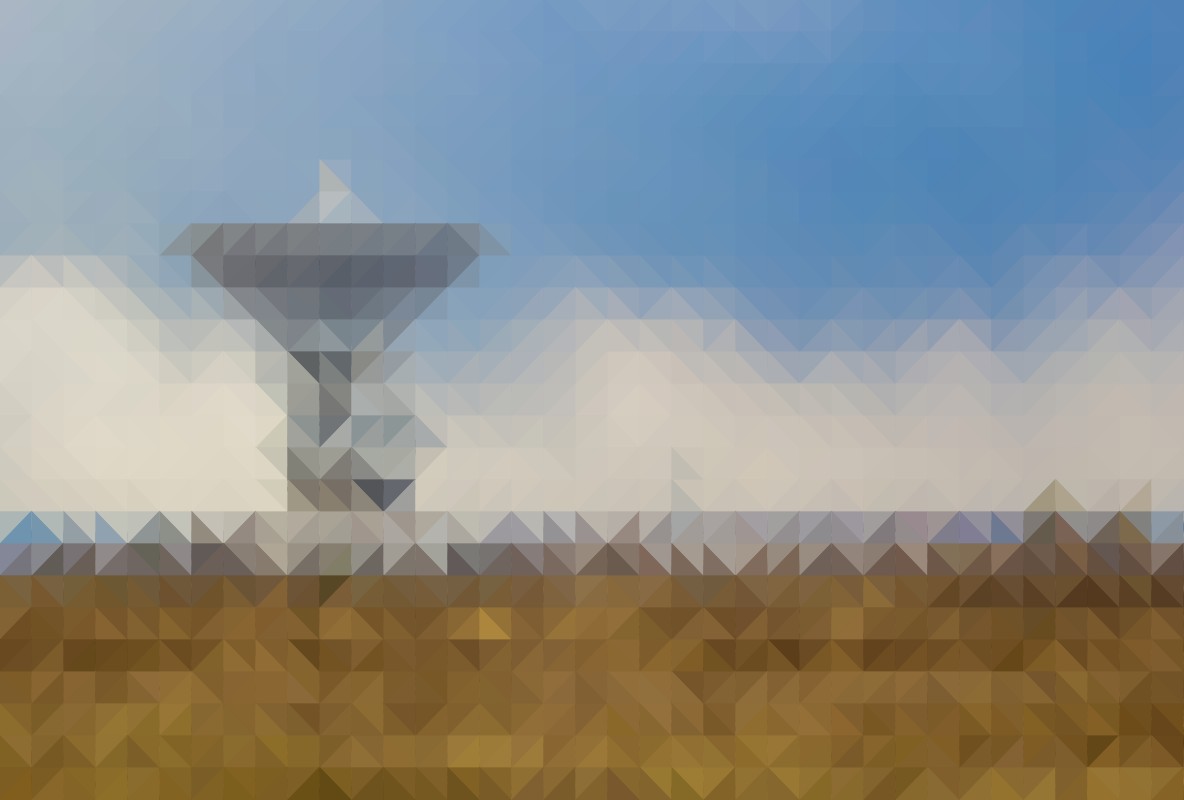
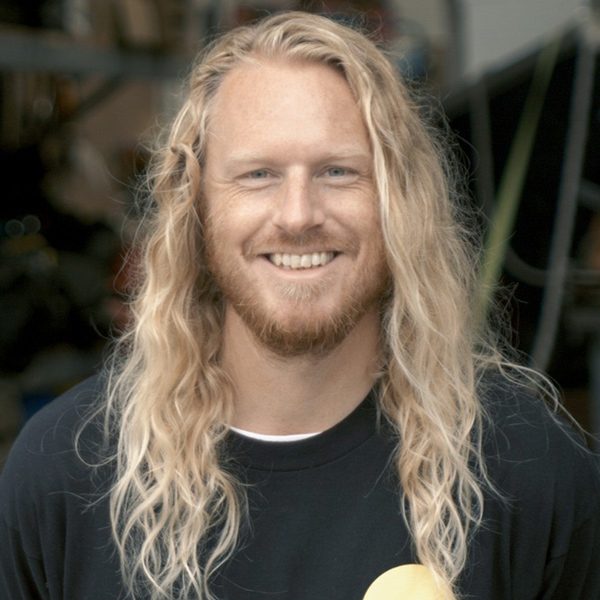
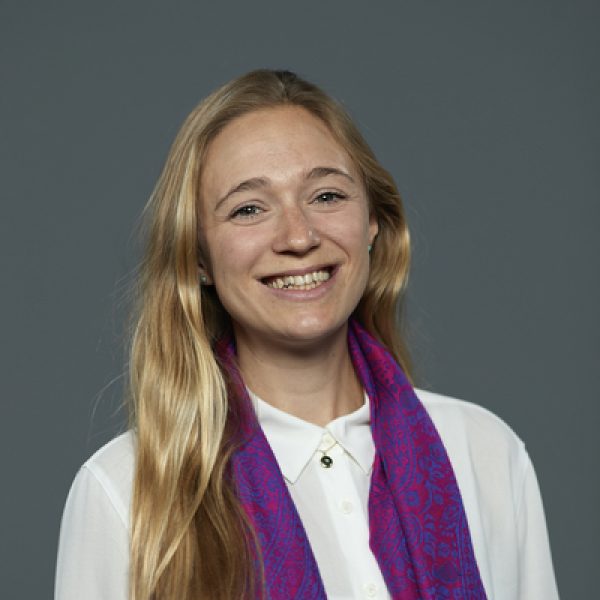


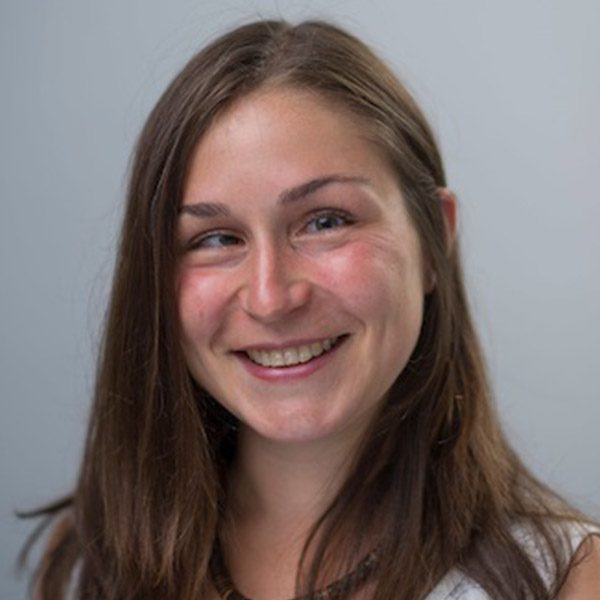
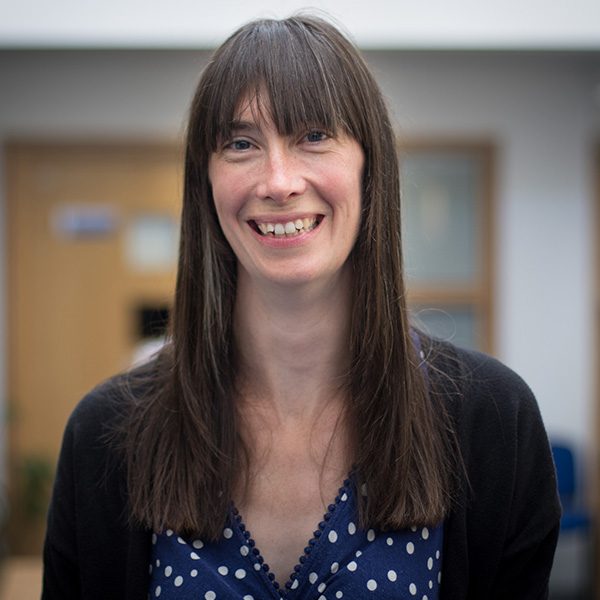

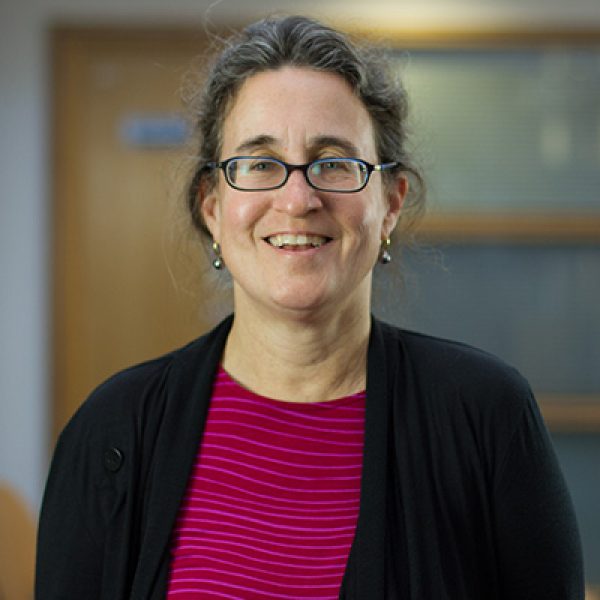
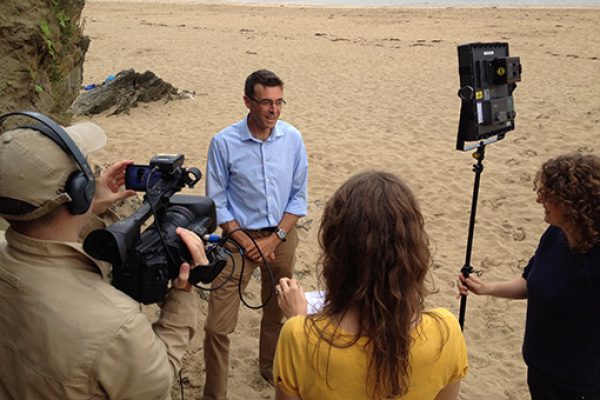
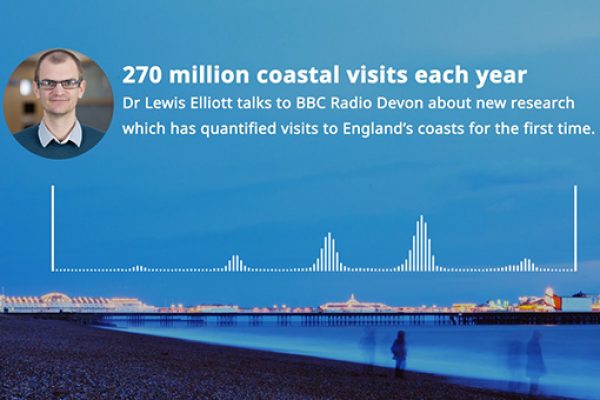
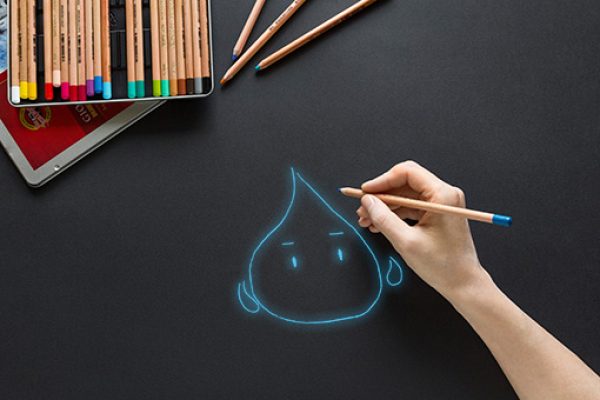
Social media